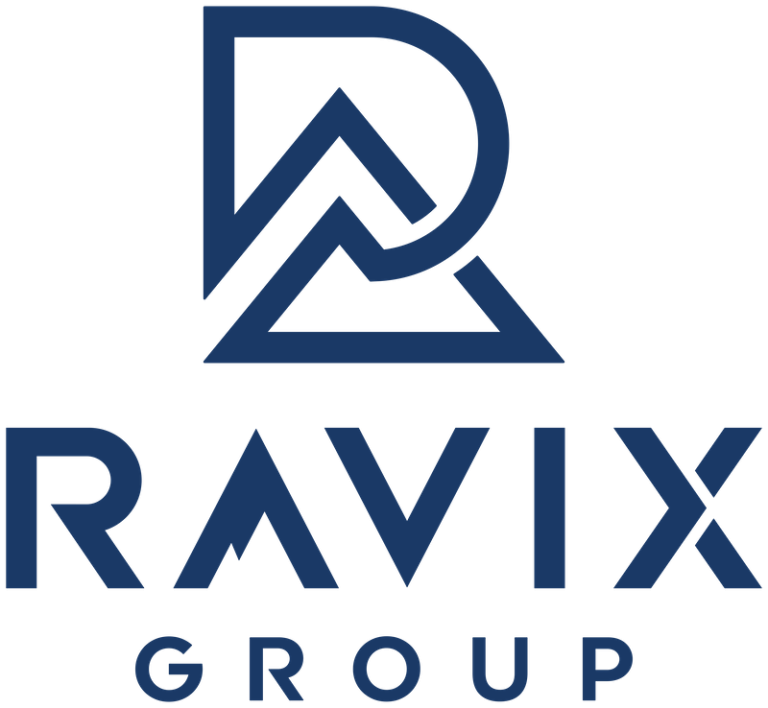As a Chief Restructuring Officer, I’ve guided many startups through the intricate journey of shutting down. I often get asked, “How long does it take to shut down my startup?” The truth is that it varies greatly depending on several critical factors. Let’s explore these factors and understand how they impact the timeline of a startup shutdown.
Understanding the Variables
1. Debt Load and Complexity: The amount and complexity of your startup’s debt significantly determine the shutdown timeline. More debt often means more negotiations with creditors, prolonging the process.
2. Asset Liquidation: The time it takes to liquidate your assets significantly affects your shutdown timeline. The process includes valuing, marketing, and selling assets – each step can vary in duration depending on the nature and volume of the assets.
3. M&A Activities: If you’re considering a merger or acquisition as part of your exit strategy, this can extend the timeline. M&A processes involve due diligence, negotiations, and legal procedures, which are time-consuming.
4. Legal and Regulatory Compliance: Ensuring compliance with legal and regulatory requirements is crucial. This includes filing the necessary paperwork, handling tax obligations, and potentially dealing with legal disputes, all of which can extend the timeline.
5. Operational Wind Down: Ceasing your company’s operations is more than just turning off the lights. It involves managing employee layoffs, terminating contracts, and dealing with ongoing projects or client commitments.
The Phases of a Startup Shutdown
1. Preparation Phase (1-3 months):
– Initial Assessment: Evaluating the company’s financial position, assets, liabilities, and operational status.
– Developing a Plan: Crafting a comprehensive shutdown strategy, including a timeline and key actions.
2. Operational Wind-Down Phase (1-6 months):
– Employee Management: Handling layoffs, severance packages, and final paychecks.
– Contract Termination: Reviewing and terminating ongoing contracts and commitments.
– Client Communication: Informing clients and stakeholders of the shutdown.
3. Debt and Legal Settlement Phase (3-12 months):
– Debt Negotiation: Engaging with creditors to negotiate settlements or payment plans.
– Legal Compliance: Ensuring all legal and regulatory requirements are met, including final tax returns.
4. Asset Liquidation Phase (Varies):
– Asset Valuation: Assessing the value of physical and digital assets.
– Sales Process: Marketing and selling assets can vary in length based on asset type and market conditions.
5. Final Closure Phase (1-3 months):
– Final Filings: Completing any remaining legal filings and notifications.
– Final Account Settlements: Ensuring all financial accounts are settled and closed.
Factors Influencing the Timeline
– Company Size and Structure: Larger companies with more complex structures typically take longer to shut down.
– Market Conditions: The state of the market can affect how quickly assets can be sold.
– Stakeholder Negotiations: The number and nature of stakeholders can complicate negotiations.
– Regulatory Environment: Businesses in heavily regulated industries may face longer shutdown processes.
Case Study: A Quick Shutdown
I once worked with a small SaaS startup with minimal debt and a straightforward operational structure. We managed to complete the shutdown in just under four months. Key factors included a cooperative creditor group, a clear legal path, and a swift asset liquidation process.
Case Study: A Prolonged Shutdown
In contrast, a biotech startup with significant debt, complex regulatory compliance issues, and intellectual property complications took almost two years to wind-down fully. The extended timeline was primarily due to lengthy negotiations with creditors and regulatory bodies and the time taken to find buyers for specialized assets.
Shutting down a startup is a nuanced process, influenced by various factors. While some shutdowns can be completed within a few months, others may take years. As a Chief Restructuring Officer, I navigate these complexities, aiming for an efficient, thorough closure process.
Considering the right exit strategy for your startup can be a complex decision. Let our Chief Restructuring Officers guide you through the intricacies of startup turnarounds, restructuring, bankruptcy, ABCs, and business wind-downs. Receive a complimentary Wind-Down Playbook, offering you valuable insights into the most suitable wind-down approach for your VC-backed venture and a one-hour consult to determine the best next step for your startup.



